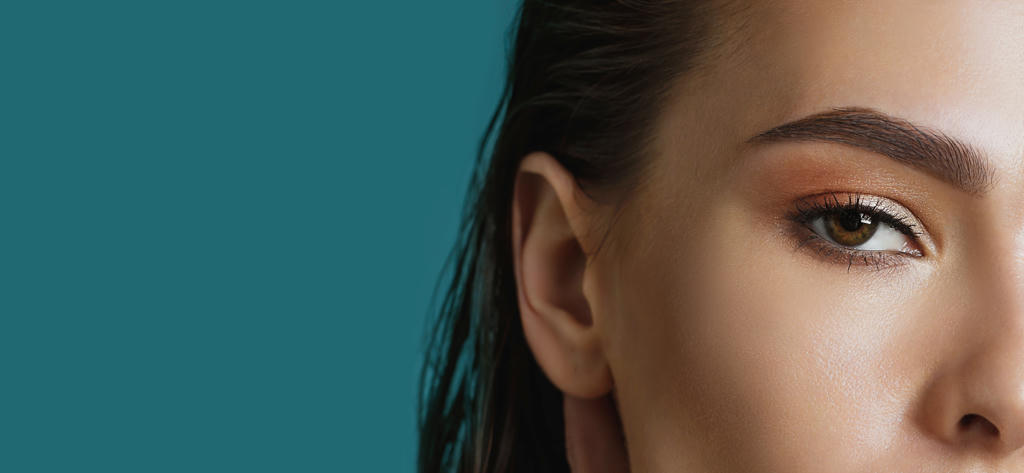Top Signs You’re a Good Candidate for Eyelid Surgery
Top Signs You’re a Good Candidate for Eyelid Surgery

Table of contents
1.
2.
5.
6.
7.
8.
What Is Blepharoplasty?
Blepharoplasty, also known as eyelid surgery, is a cosmetic procedure designed to improve the appearance of the upper and/or lower eyelids. This surgery addresses excess skin, drooping eyelids, puffiness, and under-eye bags, resulting in a more alert and rejuvenated look. Blepharoplasty can be performed on the upper eyelids, lower eyelids, or both, depending on your individual needs and aesthetic goals.
Candidates for Blepharoplasty
Common Concerns Addressed by Eyelid Surgery
- Droopy or sagging upper eyelids that make you look tired or interfere with vision.
- Puffy upper eyelids due to fatty deposits.
- Excess skin or fine wrinkles on the lower eyelids.
- Bags or dark circles under the eyes.
- Difficulty applying makeup because of loose, hanging skin.
- A consistently tired or aged appearance that doesn’t match how you feel.
Physical and Medical Criteria
- Good overall health: Free from severe medical conditions that could impair healing.
- No significant eye diseases: Candidates should not have untreated glaucoma, dry eye syndrome, or retinal disorders.
- Stable medical conditions: Diabetes, hypertension, and thyroid disorders should be well-controlled.
- Healthy skin elasticity: Sufficient skin elasticity helps ensure optimal healing and results.
Age Considerations
Upper vs. Lower Blepharoplasty: Candidate Differences
Who Should Consider Upper Blepharoplasty?
- Excess, drooping skin on the upper eyelids
- Vision obstruction due to sagging upper lids
- Difficulty keeping eyes open
- Fatty deposits that create a puffy appearance
Who Should Consider Lower Eyelid Surgery?
- Bags or puffiness below the eyes
- Loose or wrinkled skin on the lower eyelids
- Dark circles that are accentuated by excess fat or skin
- A tired or aged appearance despite feeling well-rested
Who Should Avoid Blepharoplasty?
Medical Conditions and Contraindications
- Uncontrolled chronic illnesses, such as diabetes or hypertension
- Active infections or untreated medical conditions
- Serious eye disorders (e.g., glaucoma, severe dry eye, retinal disease)
- Bleeding or clotting disorders
Discussing your complete medical history with Dr. Ann Jayaram is essential to ensure your safety and optimize surgical outcomes.
Unrealistic Expectations
A healthy outlook, clear goals, and realistic expectations are crucial for a positive experience.
Consultation and Next Steps
- Comprehensive evaluation: Dr. Jayaram will assess your eyelids, skin quality, and facial anatomy.
- Discussion of goals: You’ll talk about your reasons for seeking eyelid surgery and your desired results.
- Medical review: Your health history and any conditions that may impact your recovery will be carefully considered.
- Customized recommendations: Based on your unique features and goals, Dr. Jayaram will suggest the best approach for you.
Benefits of Eyelid Surgery
Lifting of Droopy Eyelids
Reduced Under-Eye Bags
No Sagging Skin
Improved Vision
Long-Lasting Results
Boosted Confidence
There is also a powerful psychological benefit in the form of boosted confidence. By undergoing eyelid surgery, individuals not only improve their eye area but also their self-image. Since most patients notice a more youthful and refreshed appearance, they often feel more comfortable in social and professional settings, which can positively influence many aspects of their lives.








